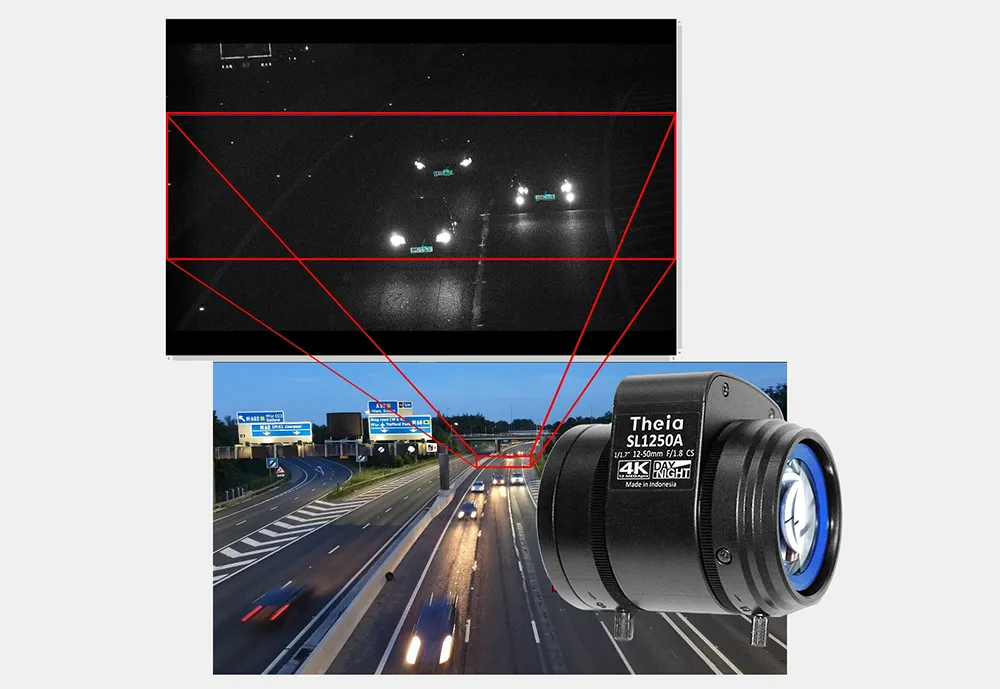Sony has launched a new 1/1.7-type stacked Cmos image sensor with a 7.42 (effective) megapixel RCCC filter for forward sensing cameras in advanced driver assistance systems (ADAS). The IMX324 aims to provide high definition imaging of signs approximately 160m ahead of the camera. In pixel binning mode the low light sensitivity is increased to 2,666 mV, to capture images in conditions down to 0.1 lux. In mixed lighting scenes (such as headlights and streetlights) it alternately captures dark sections at
February 9, 2018
Read time: 1 min

The IMX324 aims to provide high definition imaging of signs approximately 160m ahead of the camera. In pixel binning mode the low light sensitivity is increased to 2,666 mV, to capture images in conditions down to 0.1 lux.
In mixed lighting scenes (such as headlights and streetlights) it alternately captures dark sections at high-sensitivity settings and bright sections at high resolution which are combined during processing.








